|
JBL 2370A with Selenium D220Ti The JBL 2370A, a 90°x40° Bi-Radial horn, made it’s debut in the mid-80s. During that time, designers didn’t have the benefit of computer technology to assist in their work. Hence, the response of the 2370A with the JBL 2425 which it’s normally mated with, is not as smooth as some modern horn combos. That in no way suggests the 2370A is inferior. In fact, it was highly successful in it’s time. It was extensively used in JBL speakers, one of which is the JBL Cabaret Series. I tested the 2370A with my collection of compression drivers hoping that some of them will mate well with it. One that I found promising is the Selenium D220Ti.
Fig 1 is the RAW response of the 2370A horn with the Selenium D220Ti compression driver. The microphone was on axis with the horn at a distance of 2 FT. No smoothing was applied. The frequency response is not as smooth as the JBL2373/2414H-C combo but compared to the JBL 2425, I think the D220Ti is slightly smoother. The are some peaks and dips along the way but nothing too serious. At the other end, the horn cuts off at 600Hz. With the Selenium D220Ti, the lowest I can go is 1.5kHz (12dB). That’s the minimum recommended by the manufacturer. For a 1″ exit compression driver, 1.5kHz is impressive. Whether it will stand up to the demands in actual professional use at this frequency is left to be seen. Personally, I feel more comfortable at 2kHz.
Fig 2 is the impedance of the 2370A horn with the Selenium D220Ti. Instead of a single peak that was in the 2373/2414H-C combo, there are now three. It seems that the main one is at 620Ω while the other two are multiples of it. I’m not sure whether flattening the main peak will reduced the other two. Nonetheless, the one at 1.5kHz is definitely of concern as I intend to cross at 2kHz.
The Spectrograms in Fig 3 shows a bit of hotness at 1.5kHz. This corresponds to the peak at 1.5kHz in the frequency response in Fig 1. However, the energy is dissipated by 3msec. At 10kHz, we can see some artifacts (bottom plot) but they disappear by 1msec.
The Waterfall plot in Fig 4 shows the 10kHz artifacts in 3D. They do not interfere with the sound quality as the energy is dissipated by 1msec.
The ToneBurst Energy Storage (TES) in Fig 5 provides a clearer picture of the artifacts. In this plot, they are the light blue slices. They represent the unwanted excess energy that the frequency response doesn’t show. We can see the main one emanating at 1.5kHz with debris extending to 5kHz. There are some at 5kHz but they do not last more than 6 cycles. There is a burst at 10kHz that last for 14 cycles. When converted to time, it is less than 1.5msec.
The 3rd Harmonic in Fig 6 is pretty low. At 2kHz, it is at 0.075% of the fundamental. It rises slightly towards 20kHz. The 2nd Harmonic Distortion is higher at 0.3%. Since it’s even harmonics, it will not affect the sound much. Comparing to the JBL2373+2414H-C, this Selenium D220Ti with a vintage JBL 2370A has lower distortion. Whether this combo sounds better is another thing. The Selenium D220Ti in Use It appears the JBL 2370A can be re-purpose with a Selenium D220Ti compression driver. It is much cheaper than the JBL 2425 which is discontinued. Where it probably loses out is in robustness. The JBL2425 was built like a tank and weighs like one. It was a different era then. Unless otherwise stated, all measurements were made in Full Space (4 pi) with the mic at 36 ins, tweeter axis. Impulse Window=5ms. No smoothing applied. |

March 28, 2023Drivers Evaluation, PRO DRIVERS
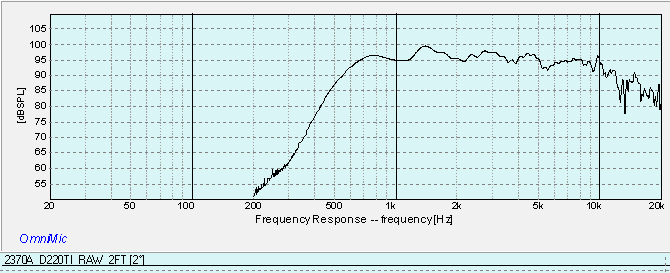 Fig 1 – JBL 2370A with Selenium D220Ti RAW Frequency Response.
Fig 1 – JBL 2370A with Selenium D220Ti RAW Frequency Response.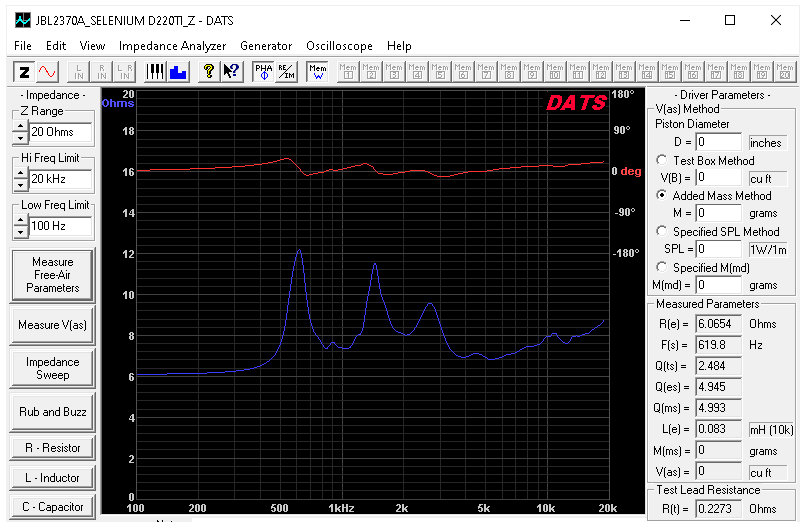 Fig 2 – JBL 2370A with Selenium D220Ti Impedance
Fig 2 – JBL 2370A with Selenium D220Ti Impedance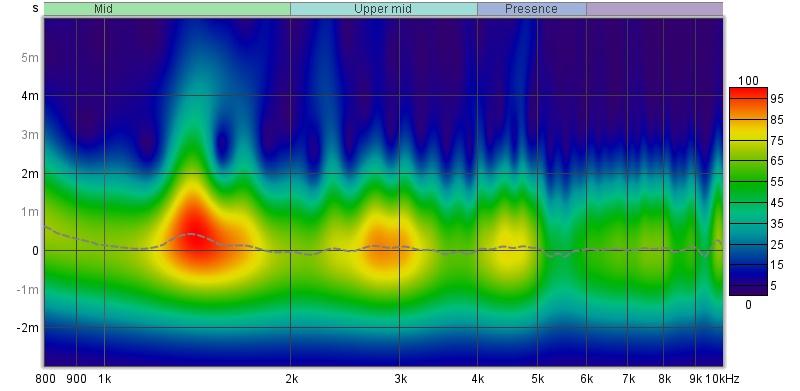
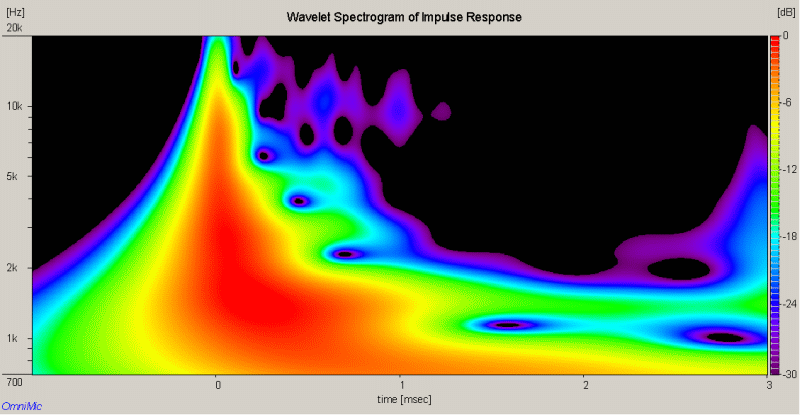
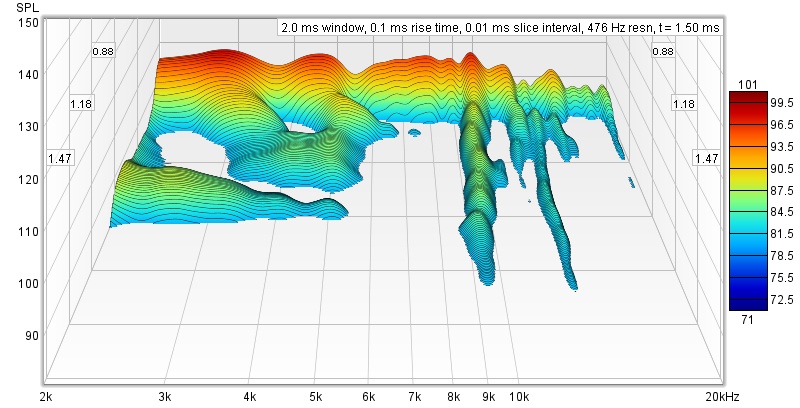 Fig 4 – Waterfall of 2370A + Selenium D220Ti
Fig 4 – Waterfall of 2370A + Selenium D220Ti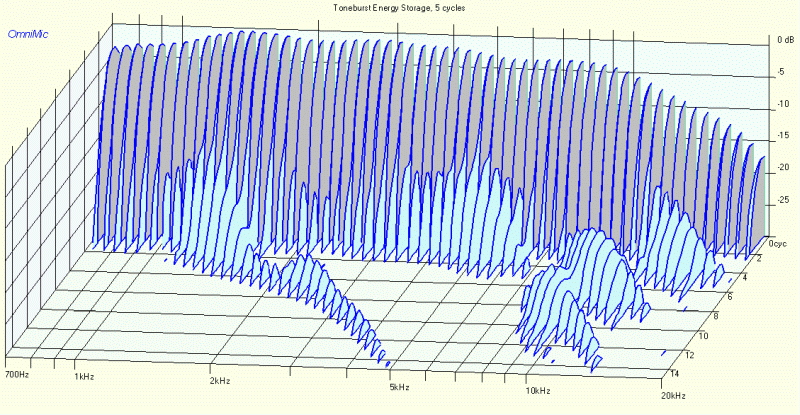 Fig 5 – ToneBurst Energy Storage of 2370A + Selenium D220Ti
Fig 5 – ToneBurst Energy Storage of 2370A + Selenium D220Ti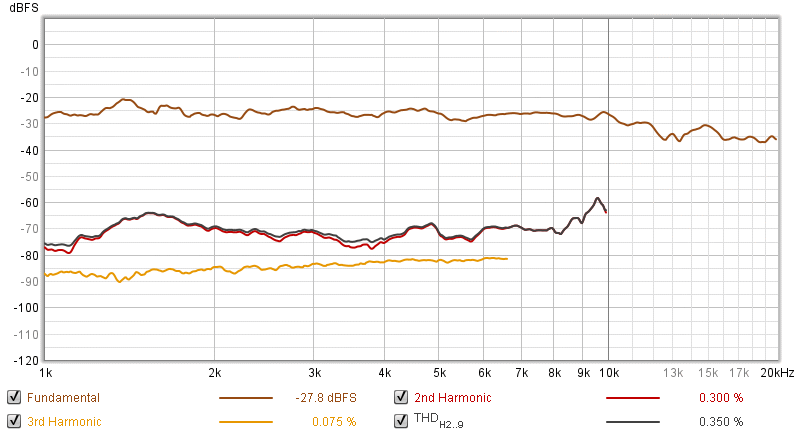 Fig 6 – Harmonic Distortion of 2370A + Selenium D220Ti
Fig 6 – Harmonic Distortion of 2370A + Selenium D220Ti